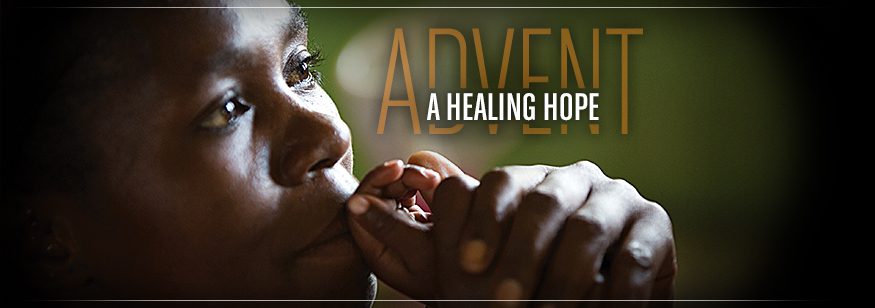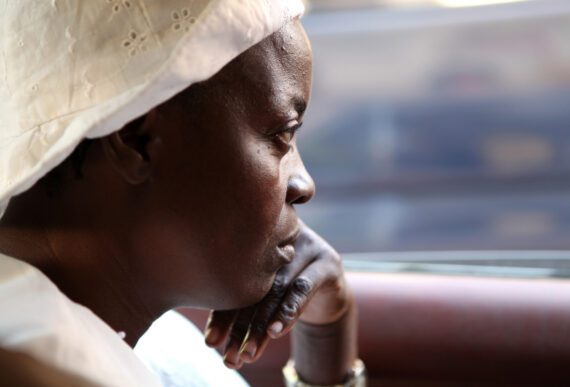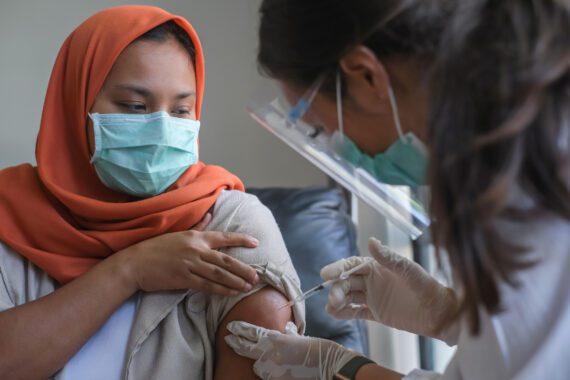Editor’s note: This Advent season, Bread Blog is running a series of devotionals written by staff, alumni, and friends of the San Francisco Theological Seminary, which is affiliated with the Presbyterian Church (U.S.A.).
By Eunjoo Choi
“later that night
i held an atlas in my lap
ran my fingers across the whole world and whispered
where does it hurt?
it answered
everywhere
everywhere
everywhere”
— Warsan Shire.
The city Paris was attacked. Beirut and Russia and Colorado are also hurting. Parts of the world are attacked and shattered by those who are named terrorists. It’s been routine to see the wanderings of the refugees from Syria and from other parts of the world.
We are now living in a period of time when we cannot deny the pain of hatred, violence, and death, which is what the text for today is describing as the sufferings of this present time.
It is the whole world that is groaning. It is groaning as a whole creation.
The state of groaning exists as a whole, not as a separate and individualistic suffering. Maybe it is no longer meaningful to draw a line between the perpetrators and the victims. The pain and agony of those whose lives are being shattered and destroyed cannot adequately be described in any words. But the state of the minds of the counterparts who inflicted those pains and agony cannot be regarded as free of that pain and despair. We all are groaning as a whole creation, which is subjected to futility, powerlessness. But the whole world as a whole creation, whether each individual acknowledges it or not has a certain longing for something ultimate.
What is it that all of us as a whole are waiting for? Or can we realize someday that all of us are groaning as a whole, and not at all individualistically? Perhaps hope awaits the time when we become conscious of the connectedness of the web of suffering, the inevitable condition of being futile. No grief, no fear, no anxiety, no despair, no labor pains, no being at a loss, no sufferings are ever to be taken alone, but only as a whole.
So is hope. Hope cannot be conceived or envisioned alone apart from the whole. Therefore, can we say that the hope lying hidden from the immediate horizon is a teaching process to renew our longing, our desire? As the text says, our hope lies in the unknown, but ever-unfolding process of revelation through which we become children of God. This might be the only healing hope–teaching us how to hope, what to hope, in the midst of cries and labor pains. We all come to belong to GOD as we belong to each other in suffering together as a whole creation. True hope makes us realize that we share the futility, powerlessness that is given from our creator for the sake of our salvation.
The whole creation is in labor pains. It certainly indicates that hope is waiting silently with future glory hidden as potential in the labor pains. But as the labor pains get more intolerable and stronger, the glory becomes more real in a bodily form, not just in our imagination or in abstract ideals. As we feel that the power of darkness surrounding us gets stronger, the dawning hope gets ever brighter for our salvation, as we move toward birth. Hope that is not seen helps us put our trust in hope that is real. Rearticulated again and again in the process of hoping, we might eventually learn the courage to become a new being, hoping together as a part of the whole creation.
Eunjoo Choi earned a Master of Divinity in 2012 from the San Francisco Theological Seminary.



